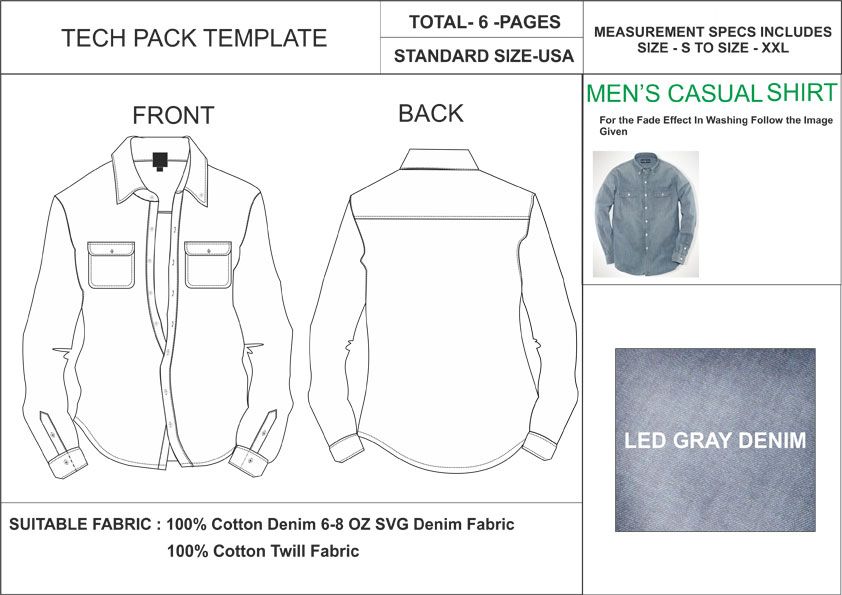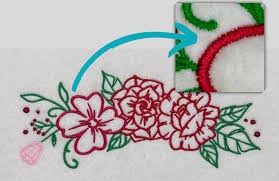
Fashion Forward: How 3D Printing is Revolutionizing the Industry
Fashion Forward: How 3D Printing is Revolutionizing the Industry
The fashion industry has long been a hotbed of innovation and creativity, with designers constantly pushing the boundaries of what’s possible. Now, a new technological revolution is underway, one that promises to transform the way fashion is conceived, produced, and consumed: 3D printing.
The Power of 3D Printing in Fashion
3D printing, also known as additive manufacturing, involves creating three-dimensional objects by layering materials on top of each other, guided by digital designs. In fashion, this technology is breaking new ground by enabling the creation of intricate, complex designs that would be nearly impossible to achieve through traditional manufacturing methods.
One of the most transformative aspects of 3D printing in fashion is its ability to produce customized, made-to-measure garments. Designers can now create pieces tailored specifically to an individual’s body shape and size, ensuring a perfect fit every time. This marks a significant departure from the traditional fashion industry model, where clothes are mass-produced in standard sizes that often don’t accommodate all body types.
Sustainability and Environmental Impact
Beyond customization, 3D printing offers significant environmental benefits. Traditional fashion manufacturing is notorious for generating considerable waste, from fabric scraps to surplus inventory. In contrast, 3D printing uses only the amount of material needed to create a garment, drastically reducing waste. This efficiency not only minimizes the environmental footprint but also aligns with the growing demand for sustainable fashion practices.
Unlocking New Creative Possibilities
3D printing is also expanding the creative possibilities for fashion designers. The technology allows for the exploration of new shapes, textures, and patterns that were previously unimaginable. Designers can create garments that are lightweight, flexible, and even feature moving parts—resulting in truly one-of-a-kind creations.
This innovation extends to accessories like jewelry and handbags, where intricate and detailed designs can be realized with unparalleled precision. Moreover, 3D printing enables rapid prototyping, allowing designers to quickly produce and refine samples, thereby reducing both time and costs in the development process.
Challenges and Future Prospects
While the potential of 3D printing in fashion is immense, there are still challenges to overcome. The technology is currently expensive, and the production process can be time-consuming. Additionally, the quality and durability of 3D printed materials are areas of ongoing refinement.
However, as the technology advances and becomes more accessible, these challenges are likely to diminish. The future of 3D printing in fashion is promising, with the potential for even more widespread adoption as costs decrease and production speeds increase.
Pioneering Sustainable Fashion
A particularly exciting development in 3D printed fashion is the use of recycled and sustainable materials. Designers are experimenting with materials such as recycled plastic, wood pulp, and even food waste to create garments and accessories. This approach not only reduces waste but also promotes the creation of unique, environmentally friendly products.
Leading the Charge: Iris van Herpen
One of the most prominent figures in the realm of 3D printed fashion is designer Iris van Herpen. Her innovative designs incorporate 3D printed elements like intricate, lace-like structures and entire dresses. Her work, showcased on runways worldwide, exemplifies the revolutionary potential of 3D printing in pushing the boundaries of fashion design.
Conclusion
3D printing is undeniably a game-changer in the fashion industry. By offering unprecedented levels of customization, sustainability, and creativity, it’s no wonder that many leading designers are embracing this technology. As 3D printing continues to evolve and become more mainstream, the future of fashion looks set to be more innovative and sustainable than ever before.




.jpg)







